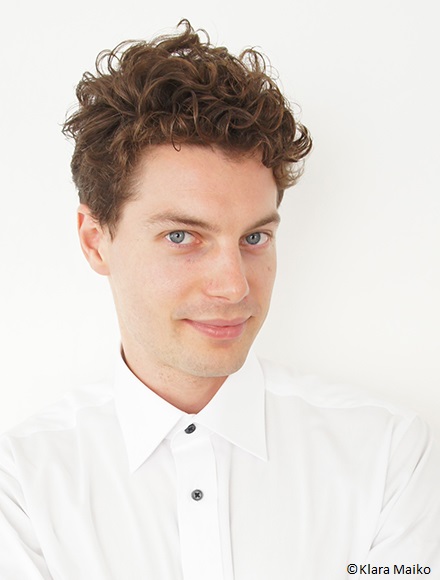

Visual Kei-artist and music entrepreneur
Swede based in Japan
What started as a passion for traditional Japanese culture is today a full-blown Visual Kei-artistry and entrepreneurship for YOHIO. When his childhood friends successively lost interest in manga, his passion only grew stronger. Before his teenage years, YOHIO started taking classes in Japanese – at the age of 15 he himself arranged a Japan tour with his band, and as a 17-year-old he had a music management company running and almost won the Swedish leg of Eurovision Song Contest with his striking Visual Kei-looks. Today, he considers Tokyo to be his home and is continuously contributing to the Japanese music business in various forms.
Yeah, it’s a bit strange, but it’s also a relief! Some people are searching their whole lives to figure out what they want to do. I found my way as a 12-year-old and have kept to that path for ten years. It’s pretty amazing that I’m not done with it yet. I’m just digging deeper!
As kids, a friend played me a song called Super Rabbit by An Cafe. I remember that song! I had it on repeat for probably an hour that day. When I got home I looked up similar bands, and that’s the way it goes. You see, ever since I was a kid I’ve had feminine features… even when I don’t wear makeup. Here, I get to take advantage of those features and take them to an extreme instead of trying to change them. And the girls seemed to like it! This is the best thing ever, I thought, so I started dressing in pink and I grew my hair out. I did get some criticism for it, but I always shrugged it off.
In Japan there’s such a big live culture! Going to gigs is the most important thing for the fans. During the gigs they have specific dance moves for certain sections in the songs. Everything evolves from the fan culture, and if the vital elements to do the specific moves are not in the music it feels strange to them. When playing Visual Kei in Sweden I tried to make the audience do the same dance, I tried to introduce the live culture. I really tried, but to Swedes that is a bit embarrassing. They laugh it off, and I understand that. One can’t have everything, but Swedish audiences are definitely less dynamic.
Culturally there are a lot of similarities actually – in a funny way! Even though our countries are so far from each other, I feel like Swedes and Japanese are getting along really well. I think that Sweden can take notes from Japan when it comes to showing each other more respect. Japanese on the other hand could learn a little bit about flexibility in the face of change. I personally like the way things were in the music industry before, with buying CDs and that kind of support for the artist. But I think Japan should adapt streaming more – the rest of the world have to re-think as soon as they are dealing with Japan right now.

Manga artist and cartoonist
Åsa Ekström

Sushi apprentice
Sebastian Forsén

Illustrator and Instagrammer
Aiko Yamada

Founder and CEO of NärCon
Sam Anlér

Travel writer and entrepreneur
Yuriko Mori

Japanese Tea Instructor
Oscar Brekell

Floorball player
Yui Takahashi

Rakugo performer
Johan Nilsson Björk

TV presenter and journalist
Lisa Wallin